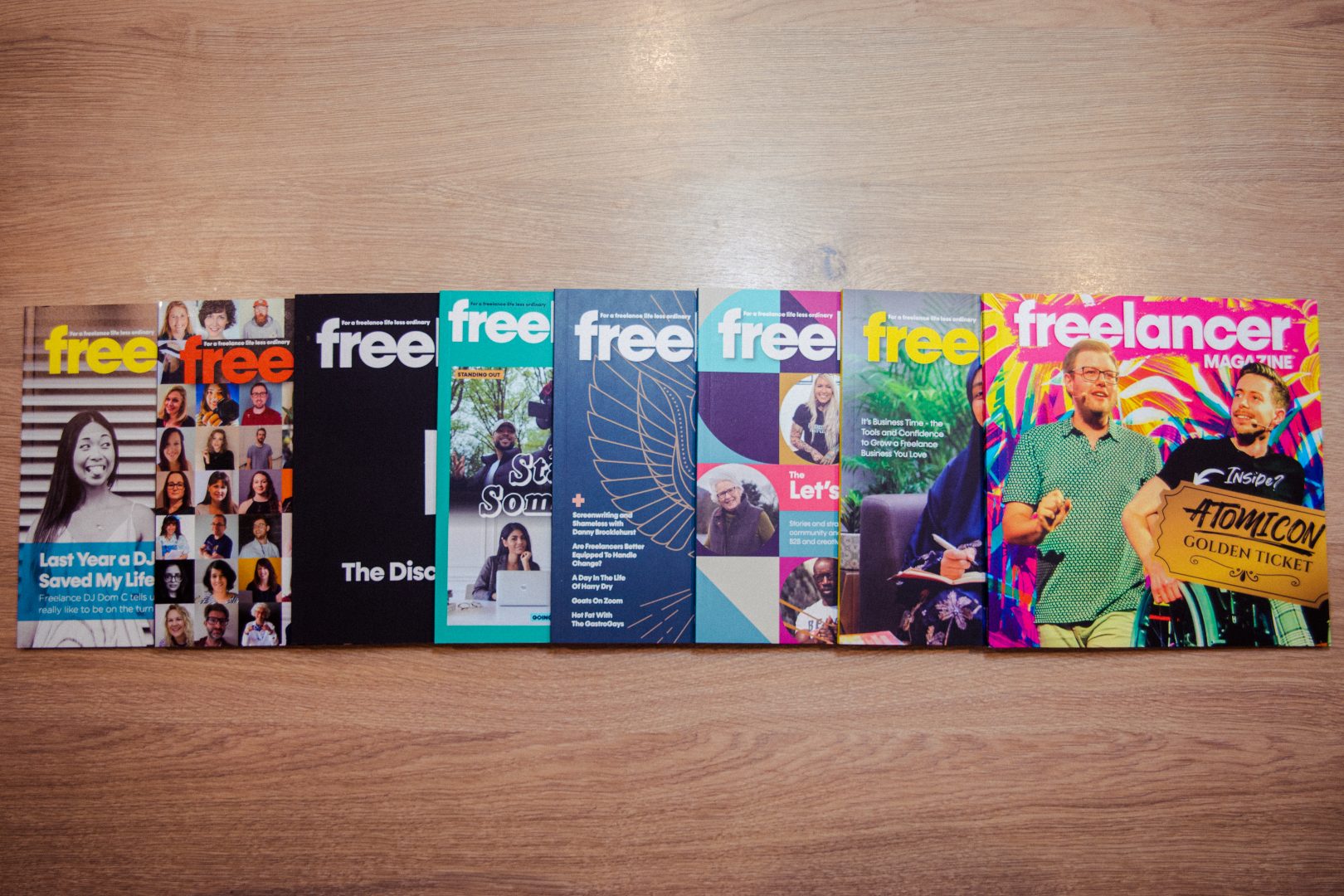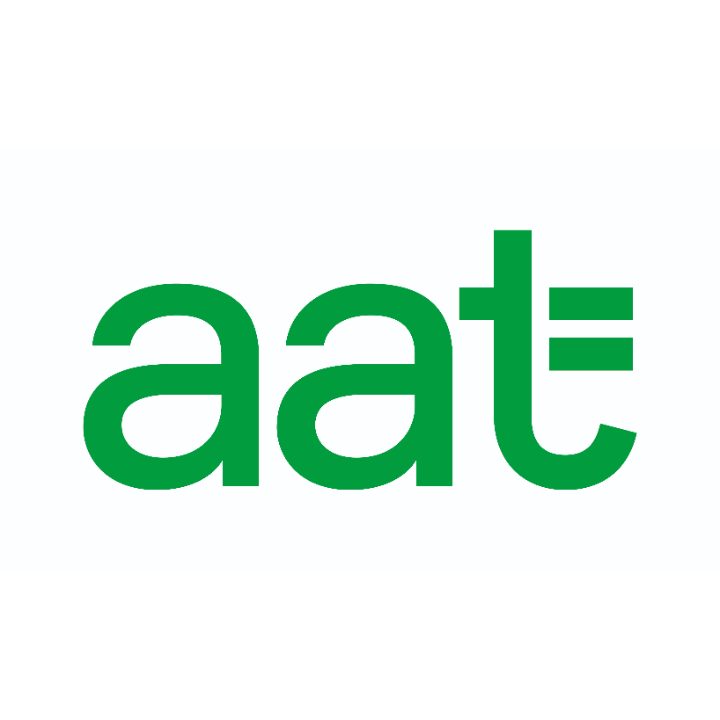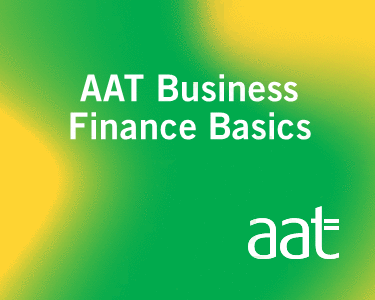
What will your podcast be about?
Before recording anything, nail down what your podcast will be about. Consider what specific topic or niche you’ll focus on and who your target audience is. Think about the format that will work best—solo commentary, interviews, panel discussions, or storytelling. Decide on your episode length and publishing frequency, whether weekly, fortnightly, or monthly. As with setting up any business these days, the niche is crucial—the more specific your concept, the easier it will be to attract and retain listeners who share your interests. Research existing podcasts in your chosen area to identify gaps you might fill or fresh perspectives you can offer.
What are you going to call your podcast?
Choose a name that clearly communicates what your podcast is about while being memorable and distinct. It should be easy to spell and search for online. Before finalising your name, check that relevant social media handles and domain names are available and that it isn’t trademarked or already being used by another podcast. A great name combines clarity with creativity, helping potential listeners understand your content at a glance while standing out in crowded directories.
Create your podcast cover art
Your podcast cover art is a visual representation of your show in places like Apple Podcasts and Spotify. Aim for cover art with dimensions of 3000 x 3000 pixels (the standard requirement) and remain legible when shrunk to small sizes on mobile devices. Your podcast name should feature prominently, using colours and images relevant to your content while following a consistent brand style. If graphic design isn’t your strength, use software like Canva or hire a freelance designer through platforms like the Freelancer Magazine Directory.
What equipment will you use for your podcast?
You don’t need expensive gear to start. Basic equipment includes a microphone (a USB condenser microphone like the Blue Yeti or Audio-Technica ATR2100 offers good quality for beginners), headphones (closed-back models help monitor audio without feedback), a pop filter to reduce plosive sounds, and a computer with recording and editing software. As you grow, you might invest in a digital recorder for portable recording, a mixer for more control over audio, acoustic treatment for your recording space, and higher-end microphones and accessories.
Podcast recording and editing software
Several options exist for different skill levels. Free options include Audacity (desktop software for Windows/Mac), GarageBand (for Mac users), and web-based services like Zencastr or Riverside.fm for remote interviews. Paid options include Adobe Audition, Hindenburg, and Logic Pro for Mac users. For beginners, Audacity or GarageBand provide all the necessary features while you learn the basics of editing.
Step-by-step: Just start podcasting
Try not to overthink any elements when starting your podcast. The only way to properly learn is to get going, and you can (and will) make any changes as you go. You wouldn’t learn how to play tennis from reading a book, so apply that same logic to podcasting.
-
1. Plan your first episodes
Before recording, outline at least five episodes to establish a content rhythm. For each episode, write a clear title and create either bullet points or a fuller script, depending on your preferred speaking style. List any research or quotes you’ll reference, prepare questions if interviewing guests, and note timestamps for different segments. Planning several episodes ahead helps maintain consistency and reduces the stress of constantly creating new content under pressure.
-
2. Record your episodes
Find a quiet space with minimal background noise for recording and ensure people know not to disturb you. Turn off fans, heaters, or other sources of ambient noise that might interfere with the audio quality. Place your microphone at an appropriate distance, generally 6-8 inches from your mouth, and speak clearly at a consistent volume. Recording in a room with soft furnishings helps reduce echo. Always do a short test recording before starting a full session to check your levels and equipment functionality.
-
3. Edit your podcast
Basic editing involves removing mistakes, long pauses, and filler words while adding intro and outro music. You’ll want to balance volume levels throughout the episode and remove any persistent background noise. As you become more comfortable with editing, you might add sound effects, segment transitions, or more complex audio production elements to enhance the listening experience. Listening back to your published podcast is one of the main ways you’ll improve it. It might feel really cringy at first, but you’ll get used to the sound of your own voice.
-
4. Create show notes
Show notes provide additional context for your episodes. Include a summary of the discussion, key topics with timestamps, links to resources mentioned, guest information, and a call to action such as subscribing or visiting your website. Well-crafted show notes improve discoverability through search engines and give listeners easy access to references from your episodes.
-
5. Choose a hosting platform
A podcast host stores your audio files and generates your RSS feed. Popular options include Buzzsprout, Podbean, Libsyn, Anchor, Transistor, and Captivate. When choosing a host, consider the monthly cost, storage limits, download analytics, distribution capabilities, monetisation options, and website integration features. Each service offers different plans to accommodate podcasters at various stages of growth.
You can use analytics from your hosting platform to understand how many downloads each episode receives and which episodes perform best. Pay attention to where your listeners are located, which devices they use, and how long they listen. This data will help you to refine your content strategy over time, focusing more on topics and formats that resonate with your audience.
-
6. Distribute and promote your podcast
Most hosting platforms automatically distribute your podcast to major directories. Ensure your show appears on Apple Podcasts, Spotify, Google Podcasts, Amazon Music/Audible, Stitcher, and TuneIn. Each platform may have specific requirements for submission, so follow their guidelines carefully to avoid delays in getting your podcast listed.
Create a promotion strategy that includes social media posts announcing new episodes and a dedicated website or landing page. Consider starting an email newsletter for updates and seek cross-promotion opportunities with complementary podcasts. Repurposing content as blog posts or videos extends your reach, as does engaging with potential listeners in communities related to your topic. Consistency is key—regular promotion keeps your audience engaged and helps attract new listeners.
In conclusion… enjoy it
Starting a podcast requires planning and patience, but the barriers to entry have never been lower. Focus on creating valuable content for your audience, maintain a consistent schedule, and continuously improve your production quality based on feedback and experience. Remember that growing an audience takes time—many successful podcasts took months or years to build substantial followings. Stay committed to your concept, engage authentically with your listeners, and enjoy the creative process of sharing your voice with the world.
Share this content

Brought to you by:
AAT Business Finance Basics
AAT Business Finance Basics are a series of online e-learning courses covering the core financial skills every business needs. They draw from AAT’s world-leading qualifications and will quickly build your knowledge on key topics including bookkeeping, budgeting and cash flow.
Visit partner's website








